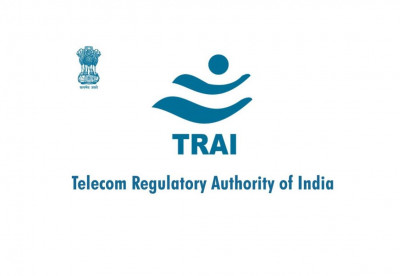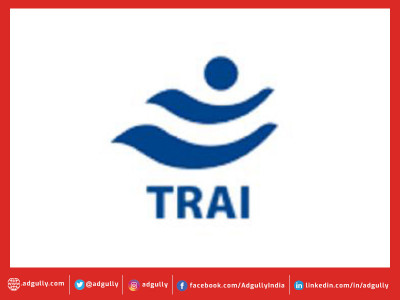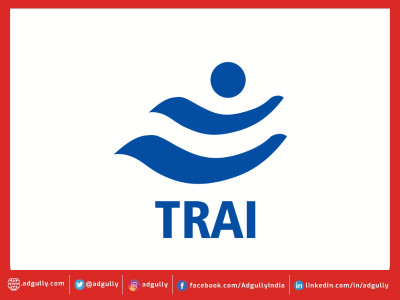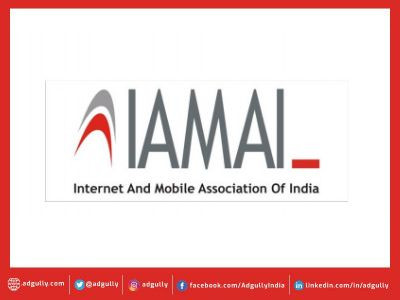TRAI recommends changes in BARC; calls for multiple data collection agencies
The Telecom Regulatory Authority of India (TRAI) has observed that there is a need for structural reforms in BARC India to mitigate the potential risk of conflict of interest, improve credibility and bring transparency and reliability in the whole TRP measurement system.
The Authority further noted that IBF, AAAI and ISA are declared as 60:20:20 shareholders of BARC in order to portray it as an industry body, but, in fact, 100% shares are held by IBF. Further, IBF holds 100% shareholding with a share capital of Rs 15 lakh. “This implies that IBF has full control over BARC from making policies/ Rules to collection of data, etc. This can naturally raise the question of credibility and neutrality of the measurement system,” TRAI stated in its recommendations on Review of Television Audience Measurement and Rating System in India.
It also observed that the technical committees of BARC India also have similar issues of disproportionate representation, with hardly any representation for small broadcasters/ regional channels.
Apart from suggesting a more inclusive Board for the BARC, the Authority is also of the view that a broad-based Oversight Committee with experts from related fields should include representations from National Council of Applied Economic Research, IIT, IIM, media research expert and demography expert, nominee from the Ministry of Information & Broadcasting and TRAI.
As is known, TRAI had issued a consultation paper on December 3, 2018 seeking stakeholders’ written comments and counter-comments on the issues raised in the consultation paper. Based on the inputs received from stakeholders and internal analysis, the Authority has arrived at these recommendations on the key issues.
Accordingly, TRAI had the following recommendations:
- Structural reforms are required in the Governance structure of BARC to mitigate the potential risk of conflict of interest, improve credibility and bring transparency and instill confidence of all the stakeholders in the TRP measurement system.
- Composition of the Board of BARC India should be changed as part of the proposed structural reforms. The Board should have at least fifty percent independent members, which should include one member as a measurement technology expert, one statistician of national repute from among the top institution(s) of the country and two representatives from the Government/Regulator.
- Restructured Board of BARC India should provide for equal representation of the three constituent Industry Associations, namely; AAAI, ISA and IBF and with equal voting rights irrespective of their proportion of equity holding. Tenure of the members of the Board shall be for two years.
- Active participation of representatives of the Advertisers and the advertising agency will bring more accuracy, transparency, credibility, and neutrality in the system, due to their inherent need of advertisers to reach viewers accurately.
- The constituent Industry Associations shall be entitled to nominate their representatives to the board membership subject to the condition that a cooling period of 4 years shall be applicable between two consecutive tenures, for any such nominee member.
- Tenure of the Chairman of the Board should not be more than two years. Chairmanship of the Board shall be rotated among the constituent industry associations in every two years.
- Number of members in the technical committee should be increased to 5 with addition of two external technical experts.
- An Oversight Committee should be formed to guide BARC India in the areas of research, design and analysis, constantly improving the rating system. The Oversight Committee shall be broad based with representation from the National Council of Applied Economic Research, IIM, IIT, media research expert and demography expert, nominee from the Ministry of Information & Broadcasting, and TRAI. The Committee should also be responsible for nomination/appointment of independent members of the Board as well as to give policy direction to BARC India, if it is so required.
Competition and Multiplicity
Currently, BARC is the only agency providing the rating services in India. TRAI felt that the monopolistic situation invariably raises concerns on account of the market behaviour, quality of service, and cost inefficiencies. “Entry of more players and the resultant increased competition might contain the ill effects of market dominance, and lead to a better quality of service and reduced costs,” the Authority stated.
Hence, the need for multiple rating agencies or otherwise was included in the consultation paper. The Authority is also of the view that competition in rating service would bring new and innovative methodology and better data quality, and thus, limiting the state of monopoly.
Accordingly, TRAI recommended:
- To create credible and accurate collection of data, multiple data collection agencies need to be encouraged. Competition and multiple agencies for data collection and processing would bring in new technologies, new research methodologies, new methods in analysis, new and better ways to ensure better data quality.
- BARC should be at an arm’s length from its own subsidiary, Meterology Data Pvt Ltd., which is the sole data collecting agency for BARC, as of now; so that the entire process of measurement is carried out independently to ensure inherent checks in data inconsistency, i.e., there should be a clear demarcation of the roles between the data collection agency and the data processing/publishing agency.
- Efforts may be made to withhold the identity of the channel’s name, and number, while collecting and processing the data from the field to bring more transparency in the complete process.
- BARC should also separate its functions in two units (a) one unit should be responsible for prescribing methodology of ratings/validation of data, publishing the data and audit mechanism and (b) the other unit for processing the data, watermarking or any other such technical work including management of data collection agencies.
- Once multiple agencies come forward for rating, BARC should limit its role to publishing the ratings, and framing methodology and audit mechanism for the rating agencies, so that the number of agencies can develop multiple rating system leveraging new technologies.
Sample Size and the Use of New Technologies
TRAI further recommended that BARC be mandated to increase the sample size from the existing 44,000 to 60,000 by the end of 2020, and 100,000 by the end of 2022 using the existing technology. It also advised BARC to immediately conduct a study in collaboration with the Indian Statistical Institute or any other institute of repute, to estimate the appropriate sample size, and to get the correct representation of the viewership, including regional and niche channels.
“There should be some financial disincentives prescribed as penal provisions, including the cancellation of registration, if the specified target is not met by BARC,” TRAI stated.
Return Path Data (RPD) Technology
When asked to give their suggestions on suggest method/ technology that would help to rapidly increase the panel size for TV audience measurement in India, industry stakeholders stressed on the urgent need to either supplement a system with RPD (Return Path Data) or have an independent RPD-based currency, which can ensure that the system will be able to provide robust estimates for smaller channels as well as reduce the influence of tampered households on overall ratings.
The stakeholders consider RPD to be a cost-effective solution for a market and believe it will reduce the fear factor of households, while installing separate meters will make every STB into a barometer.
TRAI noted that the Return Path Data (RPD) enabled set-top boxes are a low-cost alternative to drastically enhance the sample size. As it collects viewership data from a large set of panel homes, transfers electronically to the servers from these homes, making it a more viable and cheaper collection method.
The Authority is of the view that by increasing the sample size, error in the viewership data could be reduced. And this can be achieved by adopting new technology (RPD) and with the help of DPOs.
Accordingly, the Authority recommended:
- MIB should amend the DTH License and MSO registration so as to mandate STBs capable of transferring viewership data and adoption of RPD technology. This transfer of data can be done by establishing a return path/connection from STB to the remote servers of the Audience Measurement agency.
- Anonymized viewership data should be transferred electronically to the Audience Measurement agency for statistical analysis and Television Rating purpose. No data from any STB should be transferred to Rating agency without explicit consent from the subscribers.
- DPOs should be allowed to mutually negotiate the terms and conditions for sharing the data with Measurement Rating agency within the overall framework prescribed by TRAI from time to time. Such framework shall be prescribed by TRAI, once these recommendations are accepted by MIB.
Also Read:
TRAI recommends STB interoperability for Digital TV broadcasting services
MCOF asks TRAI to defer NTO 2.0 implementation amid Covid-19 outbreak















Share
Facebook
YouTube
Tweet
Twitter
LinkedIn